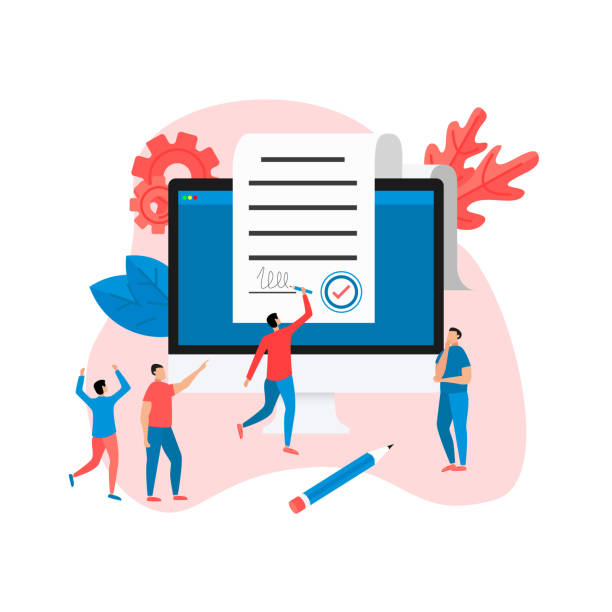Why Do You Need a Personal Website Design?
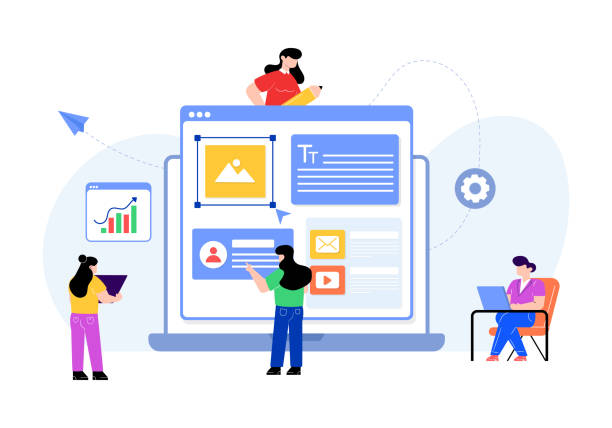
In today’s digital world, having a powerful online presence has become more important than ever.
Personal website design is no longer a luxury choice, but a necessity for anyone looking to build a personal brand, showcase skills, and effectively communicate with their audience.
This unique platform allows you to have complete control over your content and convey a precise and targeted message to the world.
A personal website is your #online_resume, your #portfolio, and even your #personal_knowledge_base.
The importance of this becomes even greater when you are looking for job opportunities, developing your small business, or even sharing your interests and knowledge.
Creating a personal portal helps you break free from the clutter and limitations of social networks and build an independent space for yourself.
This personal space is a place for your specialized presentation, where you can introduce projects, articles, and everything that shapes your professional identity in full detail.
This is especially crucial for freelancers, artists, writers, and professionals in any field, as it allows them to display their portfolios in a professional and organized manner and gain the trust of their audience.
Are you concerned about your e-commerce site’s low conversion rate and not achieving your desired sales?
Rasaweb is your specialized solution for a successful e-commerce site.
✅ Significant increase in conversion rate and sales
✅ Professional and user-friendly design to attract customer satisfaction
⚡ Ready for a transformation in online sales? Get a free consultation!
Countless Benefits of Having a Personal Website for Growth and Development

Building a personal website goes beyond mere online presence; it brings you a range of strategic advantages.
The first and most important advantage is complete control over your narrative and image.
Unlike social platforms that have their own rules and algorithms, on your personal website, you own your content and space.
This allows you to build and introduce your personal brand exactly as you envision it.
The second advantage is accessibility and searchability.
A well-optimized website for search engines (SEO) helps people find you through relevant keyword searches, which significantly increases your chances of being seen and attracting new opportunities.
Furthermore, a personal website allows you to showcase your credibility and expertise.
You can include specialized articles, case studies, successful projects, and testimonials, all of which help strengthen your position in the industry.
Direct communication with the audience through contact forms, comments, and newsletters is another key benefit that enables you to network more effectively.
Ultimately, personal website design acts as a central platform for all your online activities, allowing you to manage your digital presence comprehensively and coherently.
This is a long-term investment in your professional and personal future.
Planning and Infrastructure Before Personal Website Design

Before entering the execution phase of personal website design, the planning stage is of vital importance.
This stage includes defining objectives, understanding your audience, and planning for the site’s content and structure.
First, ask yourself: What is your main goal for having this website? Do you want to showcase your online resume, maintain a specialized blog, present your artistic portfolio, or introduce your professional services? The answer to this question will determine your design and content path.
Next, identify your target audience.
Who are they, and what do they expect from your website? This understanding will help you shape the content and design of the site to match their needs and interests.
Then, it’s time to design the site’s structure.
Create a general Sitemap that shows the main pages (such as Home, About Me, Services, Portfolio, Contact Us, Blog) and their interconnections.
This helps organize content and improve user experience.
Also, at this stage, you should consider choosing a suitable domain and hosting.
The domain name (URL) should be short, memorable, and relevant to your name or brand.
Selecting a reliable hosting service is also essential for the speed, security, and stability of your website.
Precise planning at this stage prevents potential future problems and smooths the process of personal portal development.
| Planning Steps | Description | Importance |
|---|---|---|
| Defining Goals | Clarifying the main reason for creating the website (resume, blog, service sales, etc.) | Guiding the entire design and content process |
| Audience Identification | Defining the target group for the website and their needs | Personalizing content and user experience |
| Content Structure | Designing the Sitemap and main and sub-pages | Organizing information and easy navigation |
| Domain and Hosting Selection | Registering a suitable domain and choosing a reliable web hosting service | Online identity and website stability |
Choosing the Right Platform and Tools for Building a Personal Website
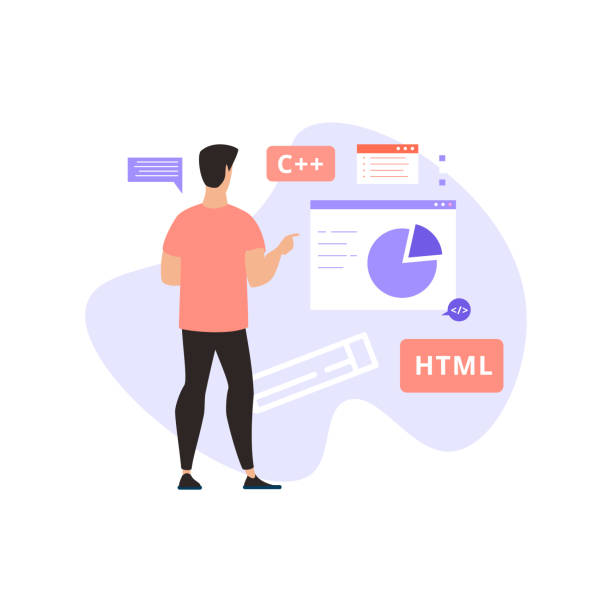
One of the key decisions in the path of personal website design is choosing the right platform.
Today, various options are available, each with its own advantages and disadvantages.
Content Management Systems (CMS) like WordPress, Joomla, or Drupal are among the most popular options.
WordPress, due to its high flexibility, thousands of themes and plugins, and large user community, is considered an ideal option for many users, even beginners.
These systems allow you to build and manage your website without needing deep programming knowledge.
In addition to CMSs, cloud-based Website Builders like Wix, Squarespace, or Weebly are also good options for those looking for a quick and easy solution with drag-and-drop functionality.
These platforms usually include internal hosting and domains and are very suitable for users without a technical background, but they may have limitations in terms of flexibility and full control over the code.
For developers and those seeking maximum customization, personal website design with coding from scratch (Front-end and Back-end) can be a better choice.
This method requires more technical knowledge but provides infinite possibilities for customization.
The correct platform choice depends on your technical skill level, budget, and the specific goals you have for your website.
Whatever your choice, the ultimate goal is to develop an effective and user-friendly online portfolio.
Did you know that 94% of users’ first impression of a business is related to its website design? With professional corporate website design by **Rasaweb**, turn this initial impression into an opportunity for growth.
✅ Attract more customers and increase sales
✅ Build credibility and trust in the eyes of the audience⚡ Get a free website design consultation!
UI/UX Design Principles for an Attractive and Practical Personal Website
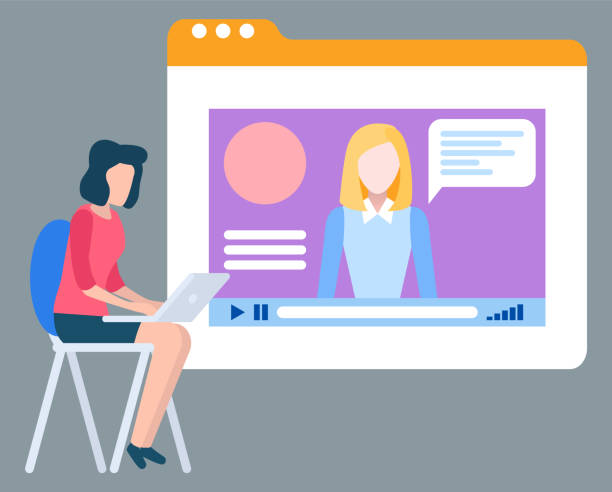
After choosing the platform, it’s time for visual design and user experience.
Personal website design is not limited to just a beautiful appearance; it must be designed in a way that users can easily interact with it and access the information they need.
The principles of User Interface (UI) and User Experience (UX) play a vital role in the success of your website.
A website with good UX provides an intuitive and hassle-free path for the user, while good UI makes it attractive and pleasant.
In terms of UI, pay attention to the coordination of colors, fonts, and images.
The color scheme should be consistent with your brand identity and have sufficient contrast for text readability.
Fonts should be legible and of an appropriate size.
Images and videos should also be high-quality and relevant to the content.
In terms of UX, simplicity and clarity in navigation are very important.
Menus should be clear and accessible, and the user should be able to easily move between pages.
Website loading speed, responsiveness (correct display on various devices like mobile and tablet), and user-friendly contact forms all contribute to improving the user experience.
Also, placing clear Calls to Action guides users to perform your desired action (such as downloading a resume, contacting, or reading more).
Remember that the goal of personal website design is to provide the best possible experience for visitors to turn them into your permanent audience.
Producing Effective and Expert Content for a Personal Website
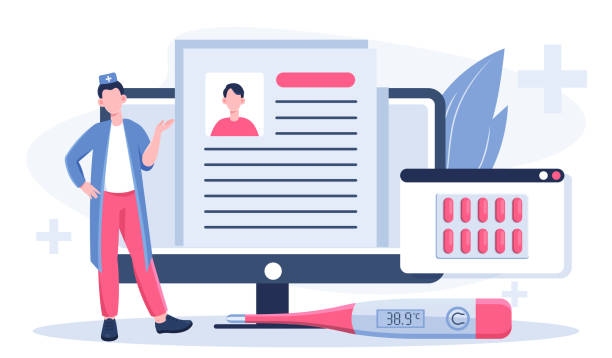
Content is the beating heart of any website, and this principle holds true for personal website design as well.
Your content should not only be engaging and useful but also reflect your expertise and skills in the best possible way.
For a personal website, content can include various items: a blog where you publish specialized articles, analyses, and opinions; a portfolio page that includes your works in the form of images, videos, projects, and case studies; and pages introducing your services or products.
When producing content, also pay attention to content SEO principles to help your website rank better in search engines.
Using relevant keywords, engaging titles, proper structuring with subheadings (H2, H3), and short paragraphs all contribute to improved readability and SEO.
Furthermore, your content should be unique and authoritative.
Avoid merely rephrasing others’ content and try to share your personal insights and experiences.
Regular content updates not only give users a reason to revisit your site but also show search engines that your website is active and dynamic.
Ultimately, the quality of your content directly impacts the trust and interest visitors develop in you.
A personal website with rich content is a powerful tool for solidifying your position as an expert.
Optimizing Your Personal Website for Search Engines (SEO)
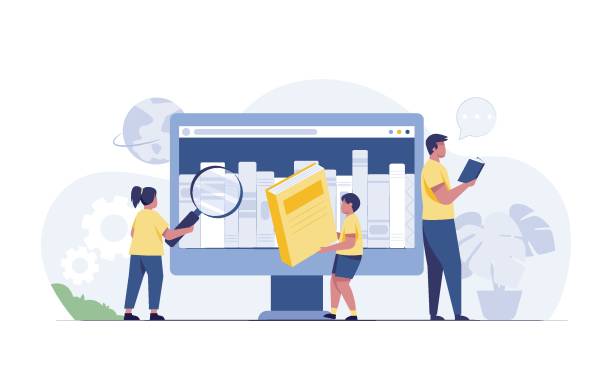
Merely having a beautiful and user-friendly personal website design is not enough; to be seen in the highly competitive online world, your website must also be optimized for search engines like Google.
Search Engine Optimization (SEO) is a set of techniques that helps increase your website’s ranking in search results and attracts more organic (free) traffic.
The first step in SEO is keyword research.
Identify the words your target audience searches for to find services or information related to your field of work and naturally incorporate them into your content, titles, and meta descriptions of your pages.
In addition to content SEO (On-page SEO), technical aspects are also important in SEO.
Website loading speed, its responsiveness (Mobile-friendliness), using an SSL certificate (HTTPS) for security, and optimized URL structures are all factors that Google pays attention to.
Backlinks from other reputable websites to your site also play a significant role in increasing your credibility and ranking.
To improve your search engine ranking, you can submit your XML Sitemap to Google Search Console so that Google can better identify and index your pages.
Additionally, tracking SEO performance with tools like Google Analytics helps you identify your strengths and weaknesses and optimize your strategies.
Designing an individual website with an SEO perspective ensures that your efforts in content creation and design lead to visibility.
| Main SEO Factors | Brief Description | Importance for a Personal Website |
|---|---|---|
| Keywords | Phrases users search for and should be in the content. | Attracting targeted traffic to your expertise. |
| Quality Content | Unique, comprehensive, and useful content that meets user needs. | Increasing user dwell time and reducing bounce rate. |
| Loading Speed | The time it takes for the website to fully load. | Improving user experience and search engine ranking. |
| Responsive Design | Correct display of the website on all types of devices (mobile, tablet, desktop). | High importance in mobile SEO and accessibility. |
| Backlinks | Links from other websites to your website. | Increasing domain authority and search ranking. |
Marketing and Promoting Your Personal Website
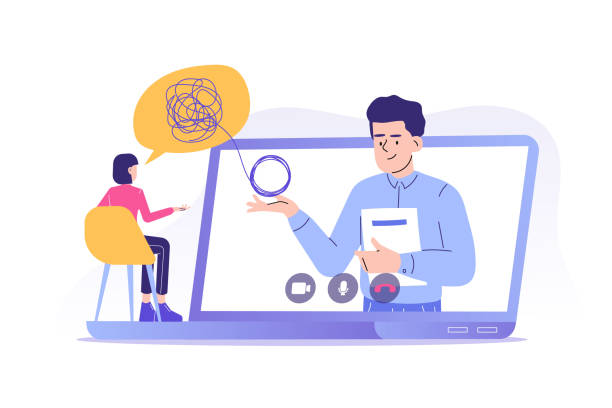
After completing your personal website design and optimizing it for search engines, the next important step is to introduce and market it.
A website without visitors will have limited impact.
To attract an audience, you can use various marketing strategies.
Social networks are among the most powerful tools for promoting your website.
Place your website link in your LinkedIn, Instagram, Twitter profiles, or any platform where your target audience is present, and regularly share new site content there.
Email marketing is also an effective way to maintain communication with your audience and direct them to your website.
You can provide a newsletter subscription option through your website and send updates, new articles, or important news to subscribers via email.
Participating in online forums and specialized groups related to your field of work and placing your website link in your signature or in helpful responses is another way to attract traffic.
Collaborating with other professionals and influencers in your field can also help your website gain more visibility.
Publishing guest content on other blogs or being interviewed can drive significant traffic to your site.
Remember that marketing is a continuous process and requires patience and strategic planning.
The ultimate goal of your individual website development is to reach a wider audience.
Does your current website build the trust that potential customers should have in your business? If not, it’s time to have a professional and impactful corporate website with Rasaweb.
✅ Fully customized design tailored to your brand identity
✅ Increased lead generation and business credibility in the eyes of customers⚡ Contact us for a free consultation!
Maintenance and Regular Updates for a Personal Website
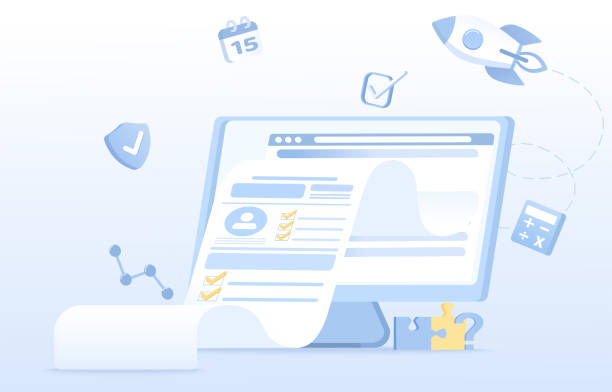
Personal website design is just the first step; its regular maintenance and updates are equally important.
An outdated or buggy website can disrupt the user experience and harm your credibility.
The first step in maintenance is continuous content updates.
New articles, portfolio updates, and contact information all need to be current.
This not only brings users back to your site but also shows search engines that your site is active and dynamic.
Regarding technical aspects, if you use Content Management Systems like WordPress, updating the CMS core, theme, and plugins is of high importance.
These updates usually include security enhancements, bug fixes, and the addition of new features.
Failing to perform them can make your website vulnerable to cyber-attacks.
Regular backups of website data are also a must.
In case of any technical issues or attacks, having a backup allows you to quickly restore your website.
Monitoring website performance with tools like Google Analytics to check traffic, user behavior, and identify potential problems is also recommended.
This data can help you make decisions for future improvements.
Proper management and maintenance of an individual website ensure its long-term stability and effectiveness.
Safety and Security in Personal Website Design and Management
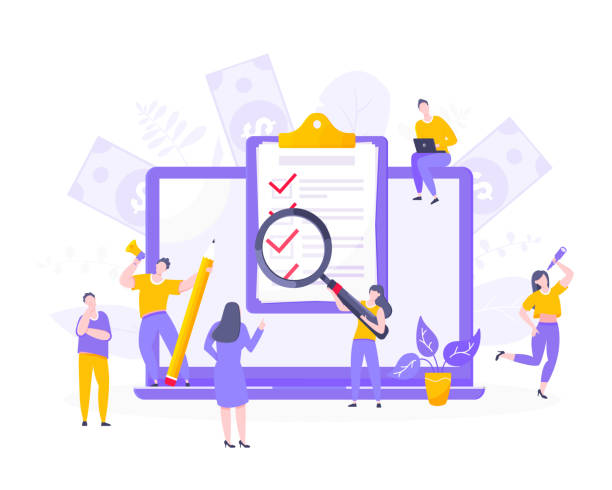
Security is one of the most important aspects that needs special attention in personal website design.
Websites are always exposed to security threats such as malware attacks, intrusion attempts, and DDoS attacks.
The first step to enhance security is to use strong and unique passwords for the website administration panel and hosting.
Regularly changing these passwords is also recommended.
Second, installing an SSL certificate (which leads to an HTTPS address) is not only important for SEO but also encrypts the communication between the user’s browser and your website server, increasing data security.
This is crucial for websites that collect users’ personal information (such as contact forms).
If you use a CMS like WordPress, installing reputable security plugins can help identify and prevent threats.
These plugins offer features such as firewalls, malware scanning, and blocking unsuccessful login attempts.
Also, removing unnecessary and old plugins and themes that may have vulnerabilities helps reduce the attack surface.
Regularly updating the core, themes, and plugins is also highly important, as mentioned earlier, because developers constantly fix vulnerabilities.
Finally, educating yourself about common threats and how to prevent them is a crucial part of your individual website’s security management.
By observing these points, you can manage your personal website with greater peace of mind.
Frequently Asked Questions
| Question | Answer |
|---|---|
| 1. What is a personal website? | It is a website created by an individual to display personal information, a resume, portfolio, interests, or their blog. |
| 2. Why is having a personal website important? | It allows you to have a professional online presence, showcase your skills and experiences, connect with others, and manage your digital identity. |
| 3. What content should I put on a personal website? | It typically includes an About Me page, resume, portfolio, contact information, a blog (optional), and a gallery (if needed). |
| 4. How do I choose a suitable domain name for a personal website? | It is best to use your first and last name (e.g., yourname.com). Choose a name that is short, memorable, and relevant to your identity. |
| 5. Do I need coding knowledge to design a personal website? | No, by using Content Management Systems (CMS) like WordPress or Website Builders like Wix or Squarespace, you can build your website without coding. |
| 6. What is hosting, and what type of hosting is suitable for a personal website? | Hosting is the space where your website files are stored to be accessible to the public. For a personal website, shared hosting is usually sufficient and cost-effective. |
| 7. What is the importance of Responsive Design for a personal website? | Responsive design ensures that your website is displayed correctly and with an appropriate appearance on all devices (computer, tablet, mobile), which is crucial for an excellent user experience. |
| 8. How can I optimize my personal website for search engines (SEO)? | By using relevant keywords, producing quality content, optimizing images, having a proper URL structure, and acquiring backlinks, you can improve your website’s SEO. |
| 9. How do I keep my personal website updated? | Regularly add new content (such as blog posts or new portfolio items), keep contact information up-to-date, and ensure that the software and plugins used are current. |
| 10. Can I use my personal website to earn money? | Yes, you can earn money through selling your products or services, advertising, affiliate marketing, or providing specialized consultations, depending on your content and goals. |
And other services of Rasaweb Advertising Agency in the field of advertising
- Smart Content Strategy: A new service to increase user engagement through the use of real data.
- Smart Marketing Automation: Designed for businesses seeking user engagement through intelligent data analysis.
- Smart Content Strategy: A combination of creativity and technology to increase click-through rates through SEO-driven content strategy.
- Smart Customer Journey Mapping: A fast and efficient solution for campaign management focusing on custom programming.
- Smart Link Building: A dedicated service for improving SEO ranking based on Google Ads management.
And over hundreds of other services in the field of internet advertising, advertising consultation, and organizational solutions
Internet Advertising | Advertising Strategy | Advertorials
Sources
Website Design Guide on ZoomitKey Tips for Personal Websites on DigiatoBuilding a Successful Personal Website on WebRamzLearn to Create a Personal Website with WordPress
? Build the future of your online business with Rasaweb Afarin Digital Marketing Agency. We help you on your path to growth and success by providing specialized services including SEO-optimized website design, Search Engine Optimization (SEO), and professional social media management. Contact us today and transform your business!
📍 Tehran, Mirdamad Street, next to Bank Markazi, Southern Kazeroon Alley, Ramin Alley, No. 6

